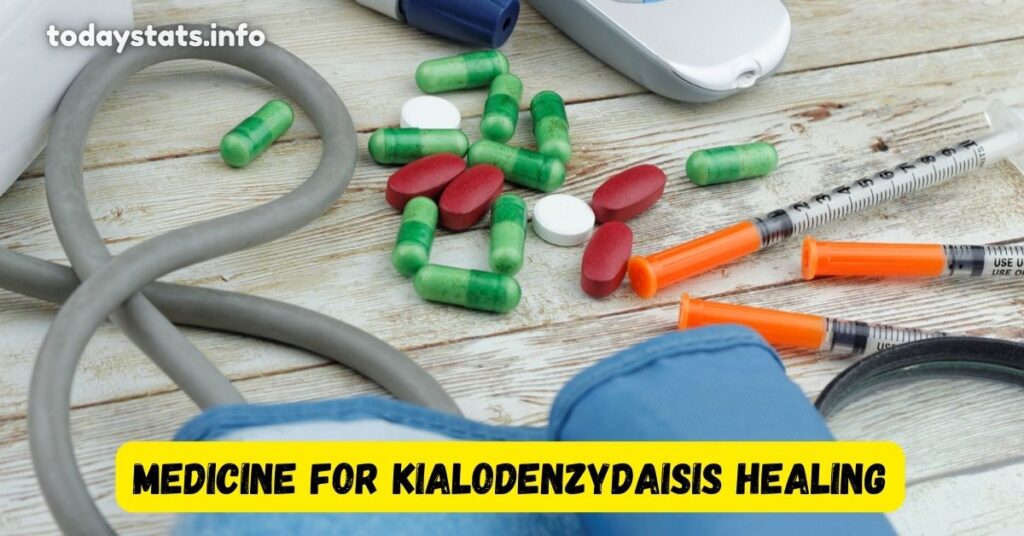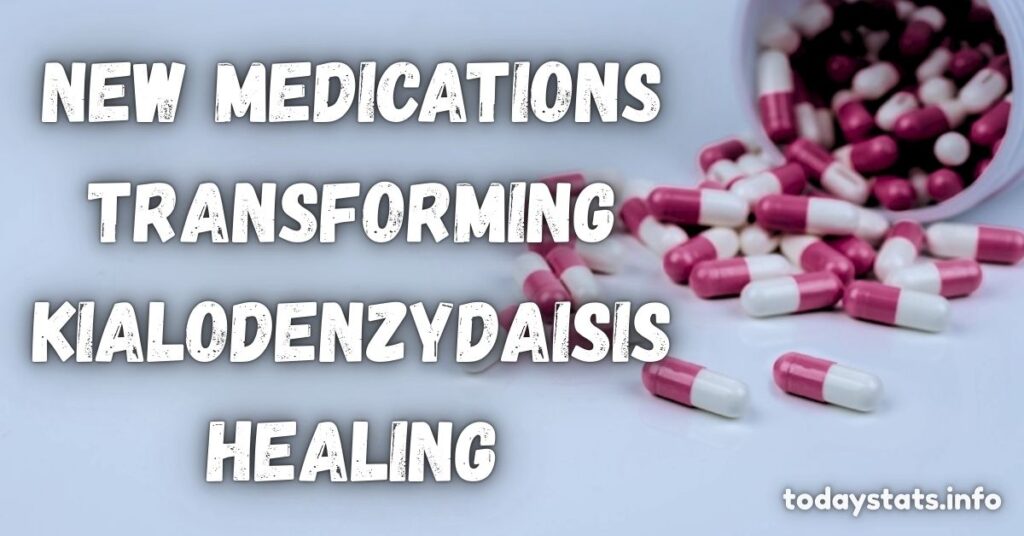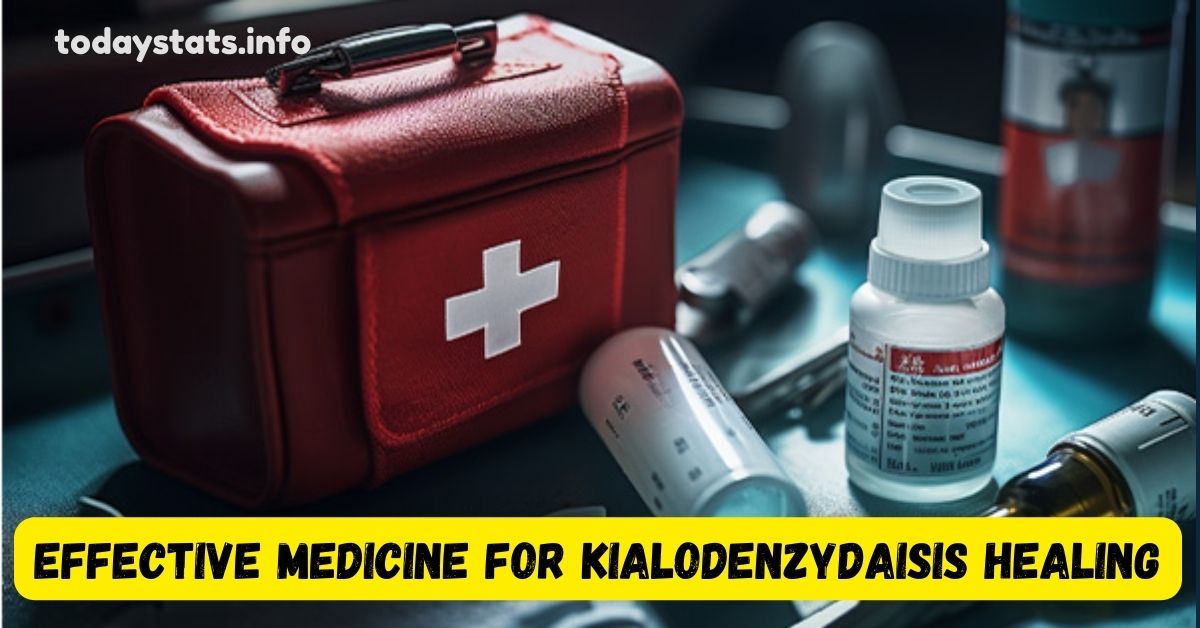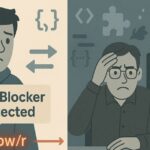Kialodenzydaisis may not be a household name, but for those affected, it’s a very real and often life-altering condition. Over the years, I’ve followed its development, researched countless studies, and spoken with patients and professionals who understand its impact.
What’s clear is that healing isn’t just about one miracle cure it’s about understanding the condition, tracking the symptoms, and finding the right blend of modern medicine, personalized treatment, and supportive care.
In this guide, I want to walk you through what really works. From traditional therapies to the latest pharmaceutical breakthroughs, and even natural approaches that are gaining ground, this article breaks it all down.
Medicine For Kialodenzydaisis Healing
Kialodenzydaisis is a rare condition that impacts both the immune system and respiratory functions. Healing requires a deep understanding of both traditional and modern medical science. In recent years, treatment options have evolved.

There is growing hope for people who are managing this autoimmune disorder every day. Proper medicine for Kialodenzydaisis healing focuses on controlling symptoms, reducing inflammation, and improving long-term health.
It combines pharmaceutical approaches, lifestyle changes, and emerging natural remedies. Patients now have more tools than ever to find relief and achieve better quality of life.
Symptoms And Diagnosis
Identifying Kialodenzydaisis early helps in starting the right treatment. Symptoms often include chronic inflammation, fatigue, joint pain, difficulty breathing, and general discomfort. These signs can vary greatly from one person to another.
Diagnosis usually involves blood tests, imaging scans, and a detailed review of medical history. Doctors also use health monitoring tools to track symptoms over time. Early diagnosis helps in starting immune system modulation and slowing the condition’s progression.
Causes And Risk Factors
While the exact cause of Kialodenzydaisis is unknown, many experts believe it is an autoimmune condition. The body mistakenly attacks its own tissues. Factors like genetics, environmental triggers, infections, and stress may play a role.
Some people may have a family history of autoimmune disorders, making them more prone to the condition. Others develop it after a serious infection or long-term exposure to harmful substances. Understanding the risk helps in early prevention and chronic condition treatments.
Medicines For Kialodenzydaisis Healing
There are various types of medicines used to treat Kialodenzydaisis. These include biologics, DMARDs, NSAIDs, corticosteroids, and sometimes bronchodilators for respiratory symptoms.
Biologic therapy options are a newer class of treatments. They target specific parts of the immune system. DMARDs or disease-modifying antirheumatic drugs help slow disease progression.
NSAIDs reduce pain and swelling. Corticosteroids are powerful anti-inflammatory drugs often used during flare-ups. In some cases, bronchodilators are given to help with breathing problems.
Traditional Treatment Options
Before advanced medicine, people managed Kialodenzydaisis with natural remedies and supportive care. While not cures, these methods provided relief and are still valued as part of holistic healing today.
- Before pharmaceuticals, treatment focused mainly on symptom relief and preserving quality of life.
- Rest, herbal infusions, and basic physical therapy were common approaches to manage fatigue and joint pain.
- While not curative, these traditional methods provided comfort and supported daily function.
- Today, they are often used alongside modern treatments to support holistic healing and patient well-being.
Modern Pharmaceutical Approaches
Modern approaches focus on targeting the immune system precisely. Pharmaceutical inflammation treatments like biologics are designed to prevent damage before it begins.
Medications such as methotrexate, adalimumab, or infliximab may be used. These drugs have shown success in inflammatory disease healing. They work by blocking signals that trigger inflammation.
In addition, newer oral medications provide more convenience. They offer strong results with fewer visits to the hospital. These medicines are supported by growing research in autoimmune therapy advances.
Choosing The Right Medicine
Every patient is different. What works for one may not work for another. Doctors consider age, severity of symptoms, coexisting conditions, and lifestyle before choosing a treatment.
The goal is to provide personalized medicine approaches. These strategies offer more effective results by focusing on individual needs. Customized care leads to better healing and faster recovery.
Factors To Consider
When starting treatment, several factors should be evaluated. This includes the medicine’s effectiveness, its cost, ease of use, and potential side effects.
Also, patient lifestyle and preferences matter. Some prefer injections, while others are more comfortable with pills. The level of monitoring required is another important consideration.
Patients need to work closely with doctors to choose the best course. Shared decision-making leads to higher satisfaction and better health outcomes.
Potential Side Effects
All medicines carry some risks. While most people tolerate them well, some may face issues. Medication side effects management becomes important for long-term success.
Common problems include nausea, dizziness, headache, and fatigue. More serious side effects can involve the liver, kidneys, or immune response. It is crucial to report any problems immediately.
Doctors may adjust dosages or try a different drug if needed. Keeping a detailed health log can help identify patterns and reactions quickly.
Common Side Effects
Among the most reported effects are upset stomach, mood changes, and trouble sleeping. Corticosteroids may lead to weight gain and skin thinning. Biologics may increase the risk of infections.
It’s important to stay in touch with healthcare providers. Regular lab tests help monitor internal organs and overall progress. Early detection prevents bigger problems down the line.
Managing Adverse Reactions
Managing side effects starts with open communication. Patients should never stop taking medicine suddenly. Instead, they should contact their doctor for advice.
Changes in dosage or switching drugs can often resolve the issue. Supporting treatments like probiotics, vitamins, or a better diet can help too.
Doctors may recommend physical therapy or counseling to deal with discomfort. A whole-body approach often brings faster relief.
Unveil New Possibilities
2025 has brought exciting changes in Kialodenzydaisis treatment. Researchers are exploring gene therapies, nano-medicines, and smarter delivery systems. These advances promise fewer side effects and higher efficiency.
Some drugs now work in sync with body rhythms, adjusting doses automatically. Others can pinpoint inflammation at the source. These breakthroughs are changing how patients live with the condition.
New Medications Transforming Kialodenzydaisis Healing
Recent clinical trials have shown that newer biologic therapy options can reverse some symptoms. These drugs are more targeted and have fewer long-term risks.

Examples include drugs that block specific immune proteins. They are tailored to control disease activity without weakening the entire immune system. This shift allows for better health and fewer interruptions in daily life.
Some new drugs are inhaled, helping treat respiratory condition therapy more effectively. Others are taken weekly, making treatment more convenient.
Natural Remedies Gaining Ground
Alongside prescription drugs, many patients explore natural anti-inflammatory remedies. These include turmeric, ginger, omega-3 oils, and herbal teas.
Though not a replacement for medication, these supplements help reduce mild inflammation. They also support the immune system gently. Many doctors now suggest them as part of a holistic healing method.
Yoga, meditation, and breathing exercises are also gaining popularity. These reduce stress, which may trigger flare-ups. Holistic approaches aim to heal both body and mind.
Personalized Treatment Plans: Tailoring Healing to the Individual
In today’s world, there is no one-size-fits-all treatment. Doctors now create personalized treatment plans that are unique to each person.
This involves analyzing medical history, genetic background, and lifestyle. With this info, they choose medicines that are more likely to work with fewer side effects.
Personalized care often leads to better symptom control. Patients also report higher satisfaction. This shift reflects a modern approach in chronic condition treatments.
Holistic Lifestyle Changes Supporting Healing
Medicine works best when supported by a healthy lifestyle. Eating balanced meals, getting enough sleep, and staying active are key.
Many patients follow anti-inflammatory diets rich in fruits, vegetables, and whole grains. Avoiding processed foods and sugar helps reduce inflammation.
Light exercise like walking or swimming can ease joint pain relief. Mental wellness is equally important. Meditation and counseling support emotional balance during tough times.
ALSO READ THIS BLOG: How to Inject L-Carnitine: An Instructional Guide
Monitoring and Long-Term Management
Monitoring is a vital part of healing. Regular check-ups, lab tests, and digital tracking help doctors make smart decisions. Apps and wearable tech now assist in symptom tracking.
Staying consistent with treatment and reporting new symptoms early helps avoid complications. This leads to better chronic inflammation management.
Long-term healing requires patience, discipline, and a supportive medical team. Over time, most patients learn to live well with Kialodenzydaisis.
Symptoms and Diagnosis
Early recognition of Kialodenzydaisis symptoms helps in planning a proper treatment path. Patients should note any new pains, fatigue, or breathing trouble.
Doctors confirm diagnosis using a mix of physical exams and lab tests. Sometimes, they refer patients to specialists in autoimmune therapy or respiratory care.
Accurate diagnosis leads to better medicine choices and improved outcomes. Keeping health journals is a simple way to support this process.
Causes and Risk Factors
Though not fully understood, causes of Kialodenzydaisis likely include immune system faults, infections, and genetic traits. Smoking, pollution, or high-stress levels may increase risk.
Some patients also report early signs after viral infections. Knowing these risks helps in preventing further damage and choosing the right treatment faster.
Ongoing research is working to uncover more about the origins of this condition. Better understanding will improve both prevention and care.
Frequently Asked Questions
Can Kialodenzydaisis be cured completely?
No, but symptoms can be controlled effectively with proper treatment.
Are natural remedies enough for healing?
They help but should be used alongside prescribed medication.
How long does treatment take to show results?
It varies, but most people see improvements within a few weeks to months.
Is it safe to combine different treatment types?
Yes, with medical supervision to avoid harmful interactions.
Do all patients need biologic therapy?
Not always. Doctors decide based on symptom severity and medical history.
Conclusion
Effective medicine for Kialodenzydaisis healing continues to evolve. From traditional therapies to cutting-edge biologics, treatment options have never been more promising. Proper diagnosis, tailored medicine, and holistic healing methods form the core of successful management.
Patients now benefit from personalized medicine, real-time monitoring, and lifestyle support. By combining autoimmune disorder treatments with emotional care, full-body wellness is possible.
Though the journey may be long, many are now living fuller lives. With the right care, chronic inflammation management and symptom control become achievable. Embrace the power of science, and trust your path to healing.

Smith is a seasoned SEO expert with a passion for content writing, keyword research, and web development. He combines technical expertise with creative strategies to deliver exceptional digital solutions.















